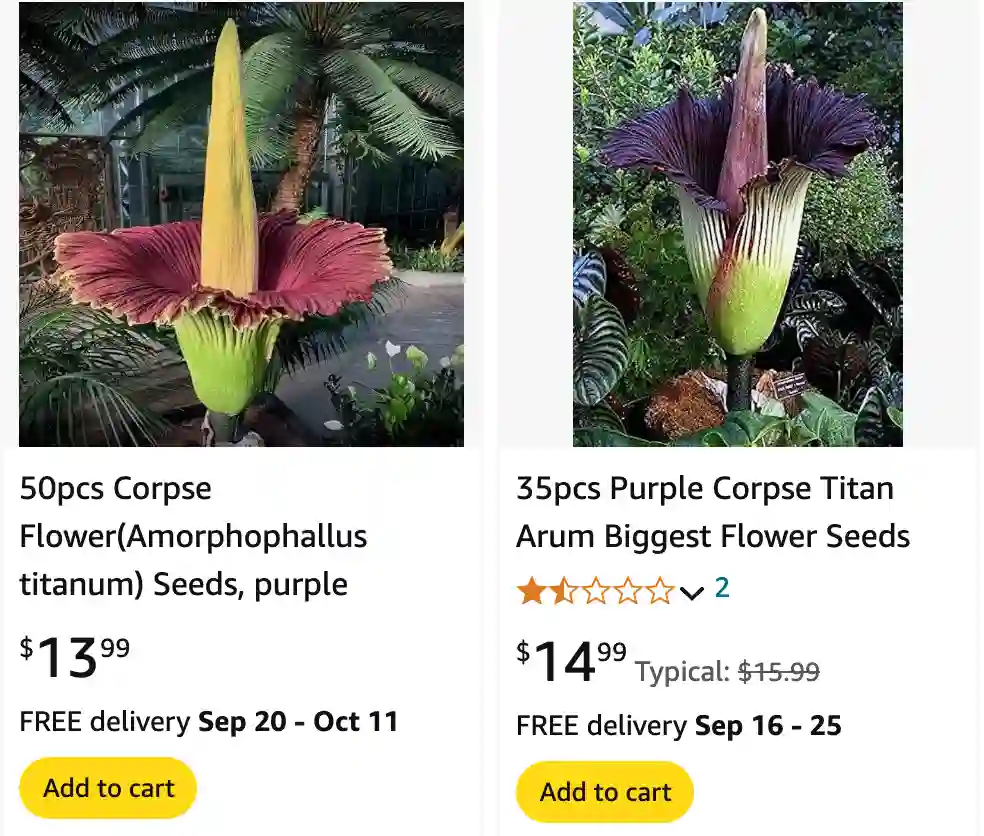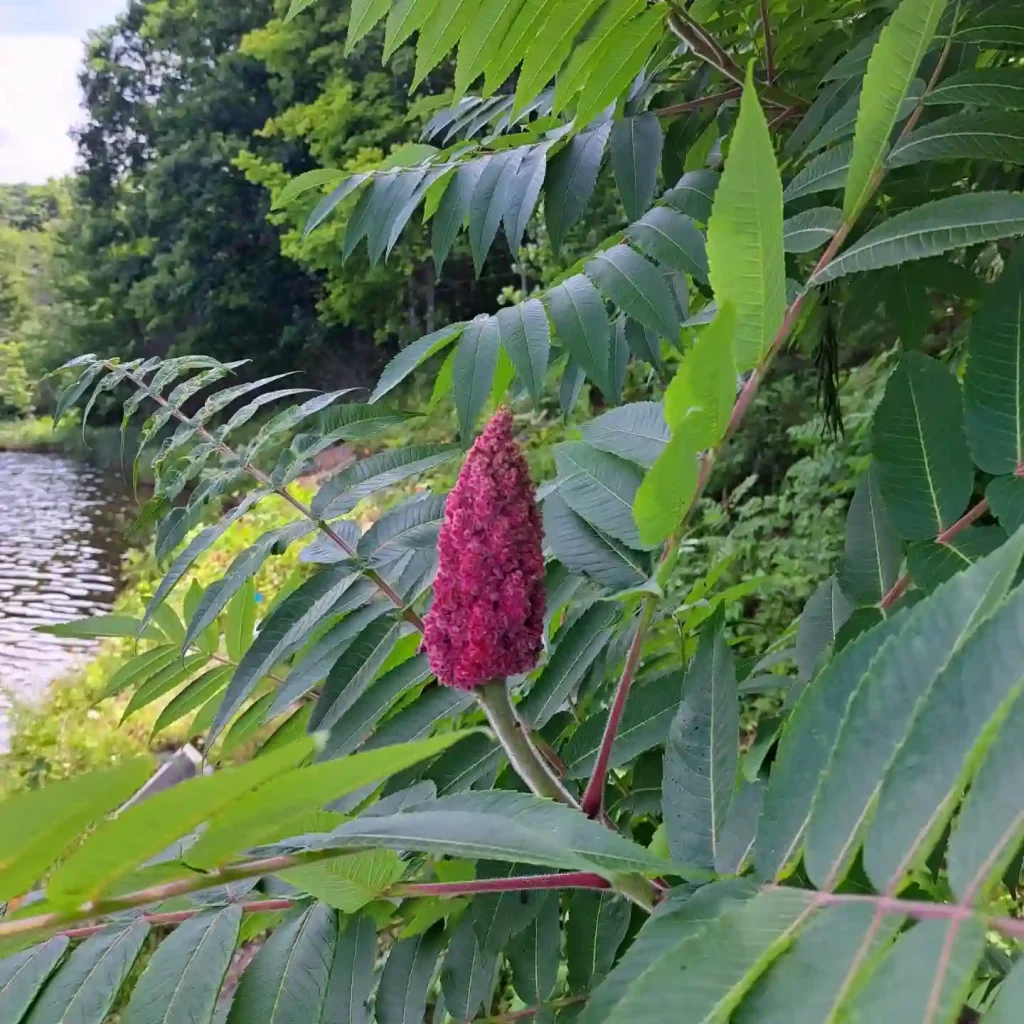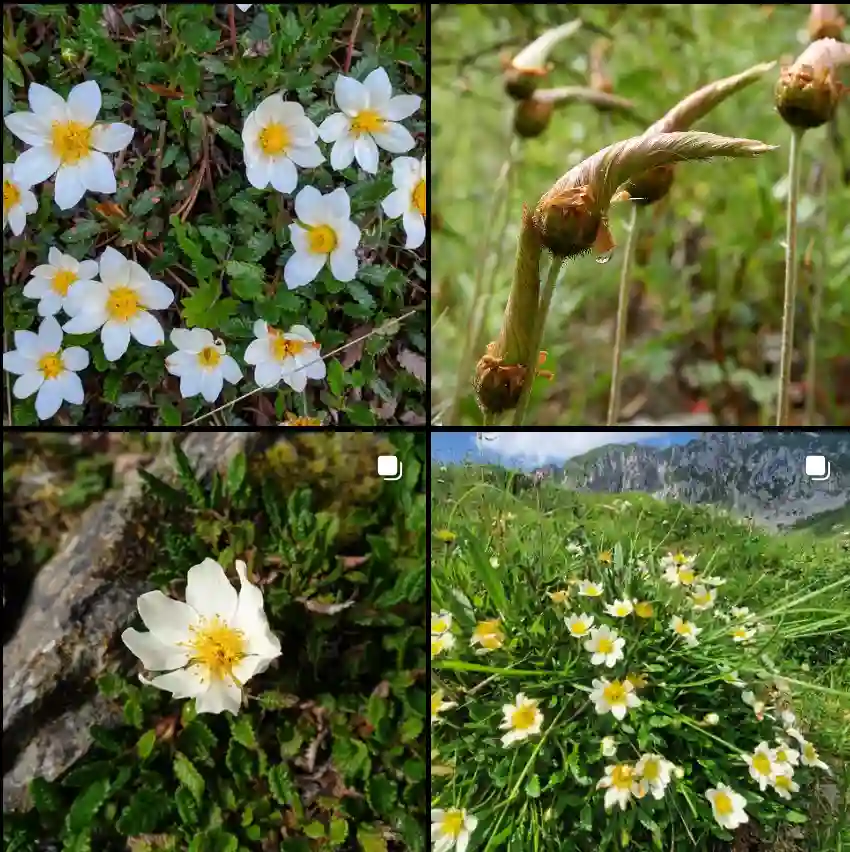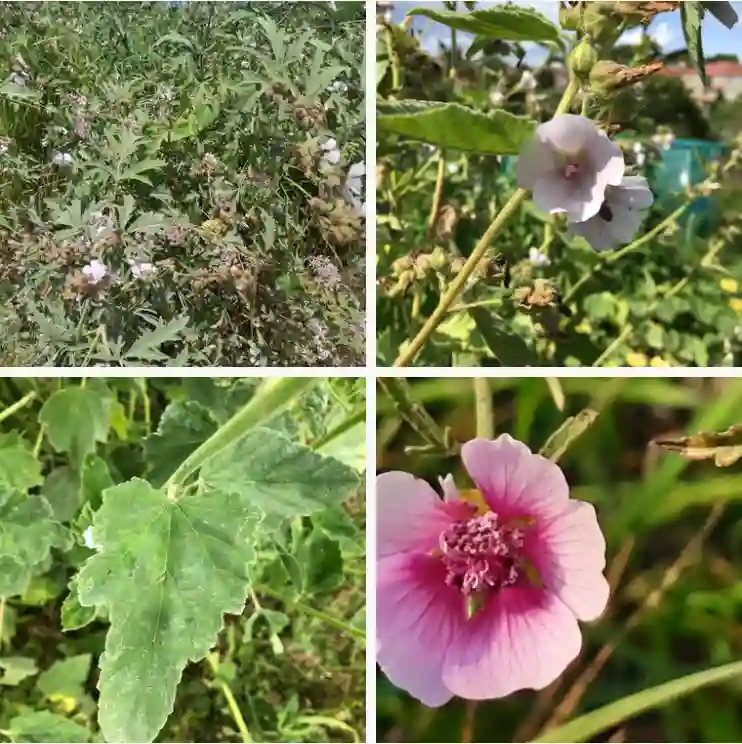
What is Amorphophallus Titanum?
Amorphophallus Titanum, commonly known as the Titan Arum or Corpse Flower, is one of the most fascinating and unique plants in the botanical world. Native to the rainforests of Sumatra, this giant plant is renowned for its enormous size, peculiar shape, and distinctive odor. It can reach a height of up to 10 feet (3 meters) and produces a flower that resembles a giant, fleshy, red or purple spadix surrounded by a frilly spathe. Despite its size and striking appearance, it is the plant’s smell that often steals the show.
242 Species in Genus Amorphophallus
Why Does Amorphophallus Titanum Smell?
The notorious smell of Amorphophallus Titanum is one of its most memorable features. The flower emits a foul odor similar to that of rotting flesh. This smell serves a critical function: it attracts carrion beetles and flies, which are its primary pollinators. In the wild, these insects are drawn to decaying matter, and the plant uses this attraction to ensure its reproduction. The smell usually lasts for only a few days, during which the plant hopes to achieve pollination.
How Often Does Amorphophallus Titanum Bloom?
Amorphophallus Titanum blooms infrequently and unpredictably. Typically, it blooms once every 2 to 3 years, though some plants may take longer. The blooming period is short, often lasting only a few days. The plant undergoes a long dormancy phase between blooms, during which it stores energy in its large underground corm. Because of this erratic blooming pattern, witnessing a Titan Arum flower in full bloom is a rare and exciting event for botanists and plant enthusiasts.
Where Does Amorphophallus Titanum Grow?
Amorphophallus Titanum is native to the tropical rainforests of Sumatra, Indonesia. It thrives in the humid, warm environment of these rainforests, where it benefits from the rich, well-drained soil and ample moisture. The plant is adapted to the dense undergrowth of the forest, where it can take advantage of the filtered sunlight that reaches the forest floor.
Do Amorphophallus Titanum Have Predators?
In its natural habitat, Amorphophallus Titanum faces threats from various predators. Insects, such as beetles and ants, are known to feed on its leaves and flowers. Additionally, herbivores like deer may graze on the plant’s foliage. However, the plant’s size and strong smell act as deterrents to some extent. In cultivation, the plant may be susceptible to pests like aphids and mealybugs, so regular monitoring and care are necessary.
Do Amorphophallus Titanum Use Sunlight to Grow?
Yes, Amorphophallus Titanum relies on sunlight for its growth. In its native rainforest environment, it receives filtered light through the canopy. In cultivation, it should be placed in a location where it can receive bright, indirect light. Direct sunlight can be too intense and may damage the plant, so a shaded or partially shaded spot is ideal.
What is the Amorphophallus Titanum’s Food Source?
Amorphophallus Titanum is a bulbous plant that derives its nutrients from the soil. It has a large corm underground that stores energy and nutrients, allowing it to survive long periods of dormancy. During its active growing phase, the plant relies on the soil to provide essential nutrients. In cultivation, it is beneficial to use a well-balanced fertilizer to support its growth and flowering.
Where Can I Buy Amorphophallus Titanum?
Finding Amorphophallus Titanum can be a bit of a challenge due to its rarity and the specific conditions it requires. Specialty nurseries and botanical gardens are the best places to find this plant. Online plant retailers and auction sites occasionally offer Titan Arum, but it’s essential to ensure that the seller is reputable and that the plant is in good condition before making a purchase.
Why is the Amorphophallus Titanum Endangered?
Amorphophallus Titanum is considered endangered due to habitat destruction and deforestation in its native Sumatra. The rapid expansion of agriculture and urban development has led to a significant loss of its natural rainforest habitat. Conservation efforts are underway to protect and preserve this unique plant, but its survival is increasingly threatened by environmental changes and human activities.
Amorphophallus Titanum vs Amorphophallus Konjac
Amorphophallus Titanum and Amorphophallus Konjac are often compared due to their similarities and differences. Amorphophallus Konjac, commonly known as the Konjac or Devil’s Tongue, is smaller in size compared to the Titan Arum and has a less pronounced odor. The Konjac plant produces a single, smaller flower and is cultivated more widely for its edible corms, which are used in traditional Asian cuisine. In contrast, Amorphophallus Titanum is much larger and primarily valued for its impressive flowering and rarity.
How to Care for Amorphophallus Titanum?
Caring for Amorphophallus Titanum involves replicating its natural rainforest conditions as closely as possible. It requires a warm, humid environment and well-drained soil. Regular watering is essential, but it’s important not to overwater, as the plant is susceptible to root rot. During the dormant period, reduce watering significantly and allow the plant to rest. Fertilize it with a balanced fertilizer during its active growth phase to support healthy development.
How to Propagate Amorphophallus Titanum?
Propagation of Amorphophallus Titanum is typically done through its corms. When the plant is dormant, you can carefully separate the corms and replant them. Each corm should have some of the roots attached. Ensure that the new plantings are placed in well-drained soil and kept in a warm, humid environment to encourage growth.
Is Amorphophallus Titanum Toxic?
Amorphophallus Titanum is not considered highly toxic, but it can cause mild irritation if ingested or if its sap comes into contact with the skin. It’s best to handle the plant with care and keep it away from pets and young children.
Common Problems with Amorphophallus Titanum
Common issues with Amorphophallus Titanum include root rot due to overwatering, pest infestations, and inadequate light. Ensuring proper care and maintaining a suitable growing environment can help mitigate these problems and promote the health and vitality of the plant.
In summary, Amorphophallus Titanum is a remarkable plant that captivates with its size, odor, and rarity. Understanding its needs and challenges can help ensure its successful cultivation and conservation.
If i die, water my plants!



